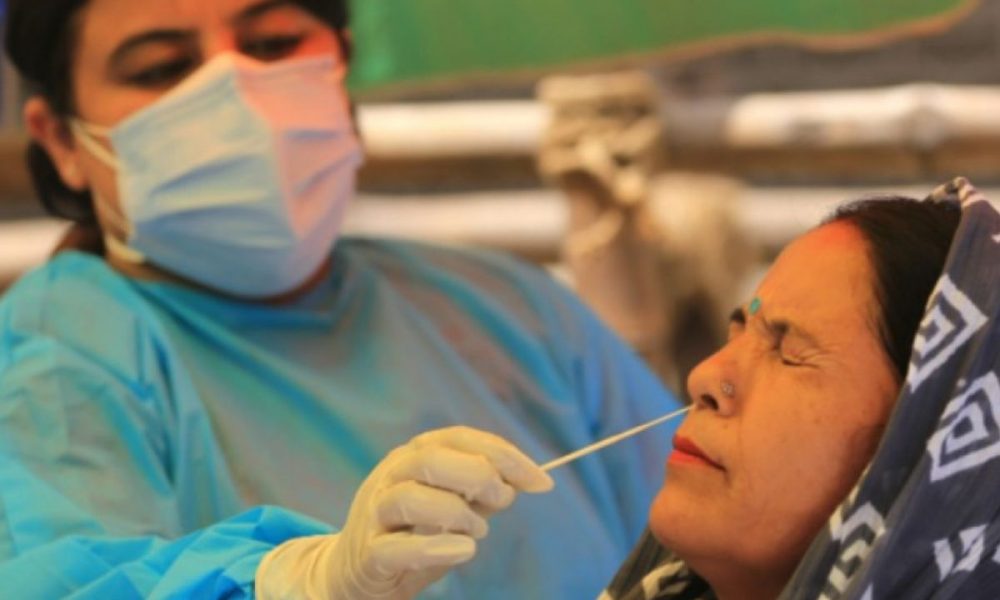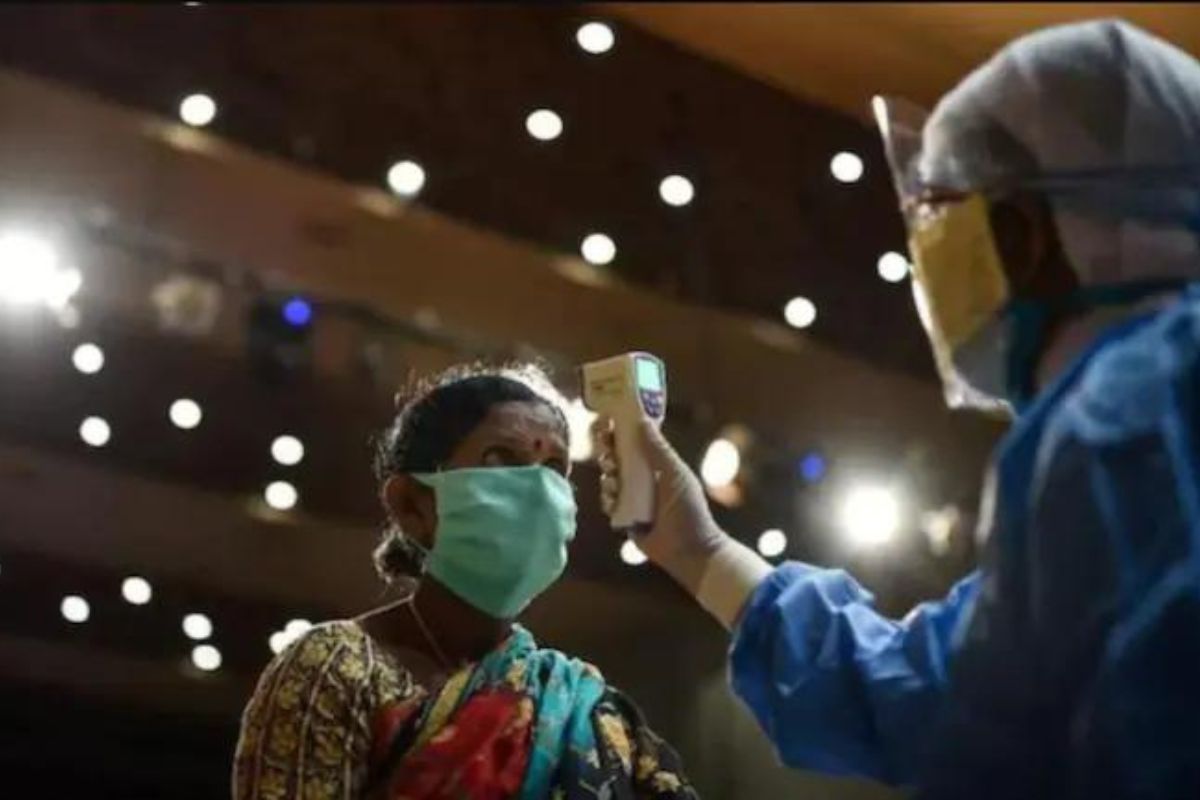
New Delhi: Covid-19 cases have witnessed a steady rise in several states in India which has left the authorities in serious concern about the possibility of a fourth wave. Pushing the daily positivity rate to more than 4% after 130, the country registered 12,781 fresh infections, on June 20. Besides, the cases have also raised the total Covid-19 rally to 4,33,09,47 and 18 new deaths have taken the death toll to 5,24,873.
According to the union health ministry data, there were 76,700 active cases throughout the country. On June 18, 10 states and Union Territories including Maharashtra, Kerala, Delhi, Karnataka, Tamil Nadu, Haryana, Uttar Pradesh, Telangana, West Bengal, and Gujarat have registered more than 1,000 cases.
What is causing the spike in Covid-19 cases over the past four months?
1. Omicron Sub-variants
As per the experts at the Indian SARS-CoV-2 Genomics Consortium (INSACOG), the current spike in cases is due to Omicron and its sub-lineages — primarily BA.2 and BA.2.38.
BA.2 and its sub-lineages contribute to over 85% of the Covid cases in India, while BA.2.38 registers around 33% of the samples. BA. 4 and BA.5 are found in less than 10% of samples.
Besides, the states and Union Territories have been asked to submit a “larger number” of samples for whole genome sequencing from the districts and areas that have been experiencing an increase in Covid-19 cases over a period of seven days.

During the meeting of the INSACOG that was held on Friday, the direction was issued which reviewed the Covid data to check the possibility of the emergence of any new Covid variant or sub-variant and specify the reason behind the outbreak of infections.
BA.2 and its sub-lineages hold for more than 85% of the Covid cases in India, with BA.2.38 being found in around 33% of the samples.
Moreover, BA.4 and BA.5 have been found in less than 10% samples, stated INSACOG. It is trying to “keep a closer watch over the current circulating sub-lineages of Omicron and its correlation to the current epidemiological picture.”
The experts are also looking for any important clues that are missing about the newer sub-variants during routine sequencing through sentimental surveillance.
2. Low natural immunity causing reinfections?
According to some experts, the increasing number of infections in states like Maharashtra is due to the low immunity that Omicron creates in a body. A study published in Nature journal in May stated that the infection due to the Omicron variant of SARS-CoV-2 provides little long-term immunity against other variants in unvaccinated people.
In experiments where mice and blood samples were used from donors who were infected with Omicron, researchers at Gladstone Institutes and the University of California, San Francisco (UCSF) in the US found out that the Omicron variant induces only a weak immune response. As against Omicron, the Delta variant created stronger immunity upon infection.
3. Waning vaccine immunity?
People reluctant about not following Covid-19 protocols and not taking the precautionary dose of the vaccines have made them susceptible to the infection. The health experts reported that though there are increases in the number of cases, there is no increase in hospitalisation or deaths. Also, the increase is limited to a few districts.
World Health Organisation reports that the immunity provided by the vaccines wanes over time and thus it is “critical to take more than one dose.” On May 24, the Union Health ministry showed that less than 3.3 crore people have taken the booster shot.

4. Increased travel
Increased travel in the summer days owing to ease of travel restrictions, both nationally and internationally and the complete operation of economic activities had led to the spreading of information.




